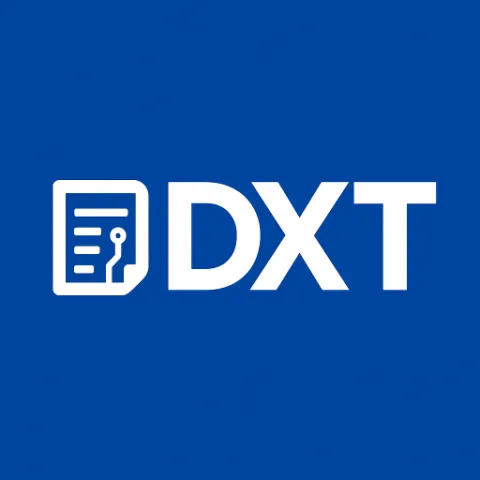
Welcome to the next step in your journey with the Gemini API! Now that you've got a handle on the different models and their primary uses, we'll explore some of the more advanced features that unlock the full potential of this powerful platform. This guide will walk you through how to use Gemini as more than just a text-in, text-out model, but as a core component of more sophisticated and interactive applications.
Multimodal Prompts
The Gemini family of models is inherently multimodal, meaning it can reason across various types of input data, including text, images, videos, and audio. This capability allows you to build applications that go beyond simple text prompts. We'll explore how to design effective multimodal prompts to get the best results, such as asking Gemini to analyze an image and generate a related text response, or to process a combination of text and video for a more complex task.
Function Calling
Function calling is a game-changing feature that allows you to connect Gemini with external tools and services. By defining functions for Gemini to use, you can enable it to interact with your own databases, APIs, or custom code. This section will provide a deep dive into how to set up function declarations, pass them to Gemini, and then execute the function calls based on the model's suggestions. This allows you to create truly dynamic and interactive applications that are not limited to the model's internal knowledge.
Chat and Conversational AI
Building a stateful, interactive chat application is a common use case for generative AI. Gemini's API is built to handle multi-turn conversations, maintaining context across interactions. We'll cover the best practices for building a conversational AI, including how to manage chat history and use the API's features to create a fluid, natural conversation flow.
Deep Research with Gemini
This tutorial will introduce you to Gemini's "Deep Research" capabilities, which can act as your personal research assistant. You'll learn how to use this feature to analyze large amounts of information from multiple sources, generate comprehensive reports, and even create interactive content from the findings.
